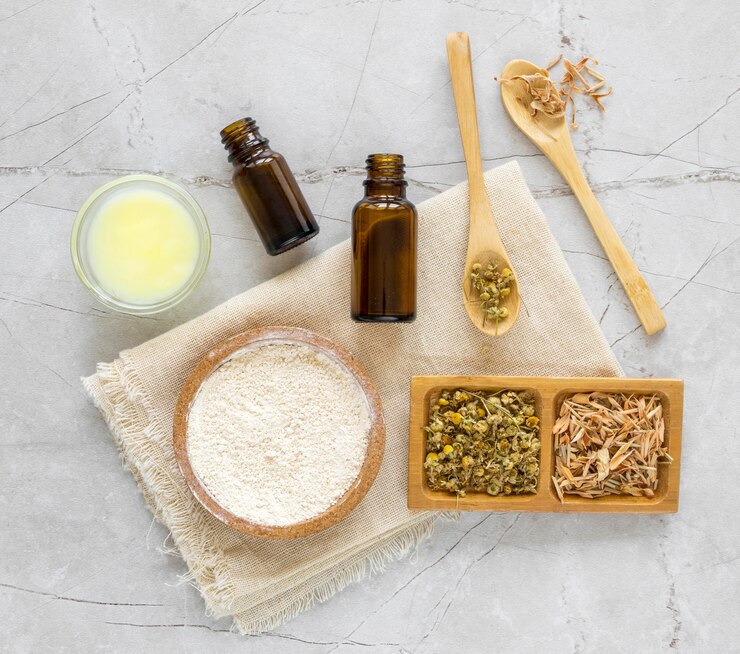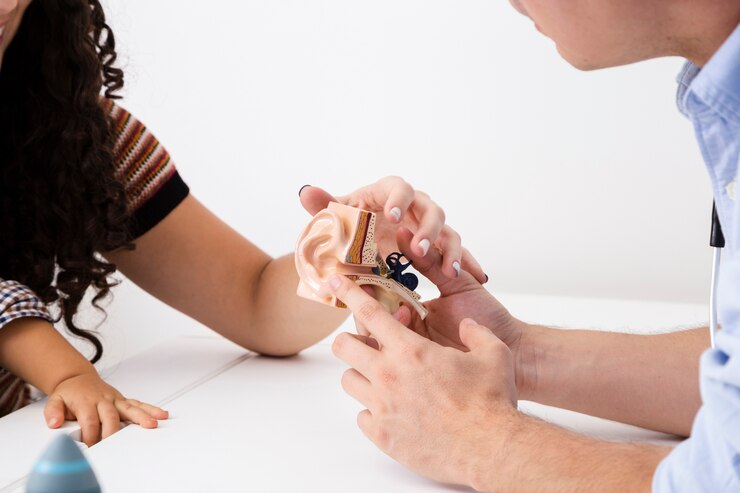
When choosing personal care and beauty products, two key factors are finding items that perform well and have a pleasant scent. Unfortunately, up to 95% of natural care products like shampoos, conditioners, and others contain synthetic fragrances. These are added to enhance the scent or cover up unpleasant odors.
It’s important to note that just because synthetic fragrances are widespread in beauty products doesn’t mean they’re safe. Many of these chemicals are absorbed through skin cells or hair follicles, eventually entering the bloodstream. A study in the American Journal of Public Health found that your skin can absorb between 64% and 100% of the chemicals in your skincare products.
What influences this absorption? Factors such as the size of the chemical molecule, any broken skin, or compromised skin barriers due to conditions like acne, eczema, and rosacea play a role.
If you assume these chemicals are harmless, reconsider. They can have side effects, which will be discussed further. Small studies by the Environmental Working Group reveal that these chemicals, including hormone disruptors, can even be found in the cord blood of newborns.
Today, I want to provide insight into synthetic fragrances—what they are, how they’re used, and how you can swap them for healthier options in your beauty routine.
**What Are Synthetic Fragrances?**
Surprisingly, synthetic fragrances can contain more chemicals than cigarette smoke. While a cigarette has 250 chemicals, a signature scent might contain up to 3,000! Synthetic fragrance refers to a mix of numerous ingredients, often up to 3,000, mostly untested for safety, especially in combination.
Due to trade secret regulations, these ingredients can just be listed as “fragrance” on product labels, making it difficult to identify specific chemicals in brands or products. This lack of transparency and potential health risks is why I liken synthetic fragrances to second-hand smoke: something to avoid for better health!
People with chemical sensitivities can react strongly to these ingredients and scents, leading to numerous health concerns. When creating a fragrance, not every chemical is about scent; some are there to make the scent linger, like phthalates, which help scents cling to your skin, clothes, and surroundings.
Other commonly used chemicals include acetone, phenol, toluene, benzyl acetate, and limonene. Many of these are petroleum-based. A significant issue is that the fragrance industry isn’t federally regulated, leading to unlabeled ingredients that may still pose health risks. Studies have associated these ingredients with neurotoxicity, breast cancer, skin irritation, and respiratory problems.
**How Are They Used in Beauty Products?**
Synthetic fragrances are popular because they are cheaper and easier to produce than essential oils or extracts, making them appealing to manufacturers wanting to cut costs while still offering pleasant-smelling products.
As a result, many brands opt for synthetic scents, with over 95% of shampoos, conditioners, styling products, deodorants, moisturizers, body lotions, and perfumes containing them. Even scented candles often use them.
Don’t be misled by products labeled as natural; they might still use synthetic fragrances to cut costs or simplify manufacturing—another reason to scrutinize labels when purchasing beauty products. Some companies even use chemical mixes to mask bad smells, allowing them to market their products as unscented—a tactic that emphasizes the need for consumer awareness.
**Why Are They Harmful?**
With so many chemicals in one fragrance, the potential for health effects is wide-ranging. We both inhale these synthetic scents and apply them to our skin, resulting in significant exposure to harmful chemicals, as our skin absorbs around 60% of what we apply.
Phthalates and other ingredients in synthetic fragrances have detrimental health effects, making them less appealing than natural alternatives like essential oils, which smell fresher and offer additional benefits for skin and body.
**What to Look for on Labels**
Being an attentive label reader is crucial when buying beauty products, ensuring they’re safe for your health and the environment. Common label names for synthetic fragrances include:
By spending a little time on label-checking, you can discern whether your favorite beauty products are clean or loaded with chemicals. Fortunately, as consumers become more informed, companies are noticing and creating purer, natural products.
**How to Limit Your Exposure to These Fragrance Chemicals?**
**Non-Toxic Perfumes and Essential Oils**
You don’t have to live scent-free after ditching synthetic fragrances. Plenty of safe, delightful alternatives are available. You can explore non-toxic perfumes and essential oils that suit your preferences.
There are numerous clean beauty products and skincare options without synthetic fragrances and chemicals. Start by exploring our all-natural, plant-based skincare, hair care, and body care at Shop Joyous Health.
Thank you, Jannat, for the valuable information!


